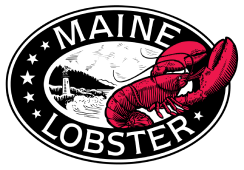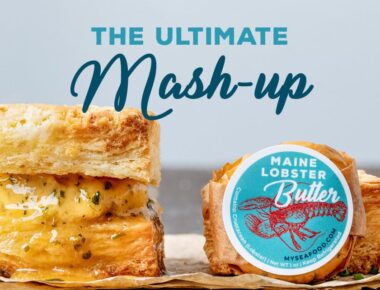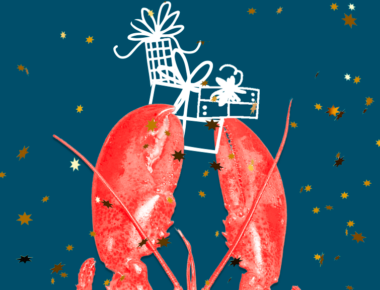
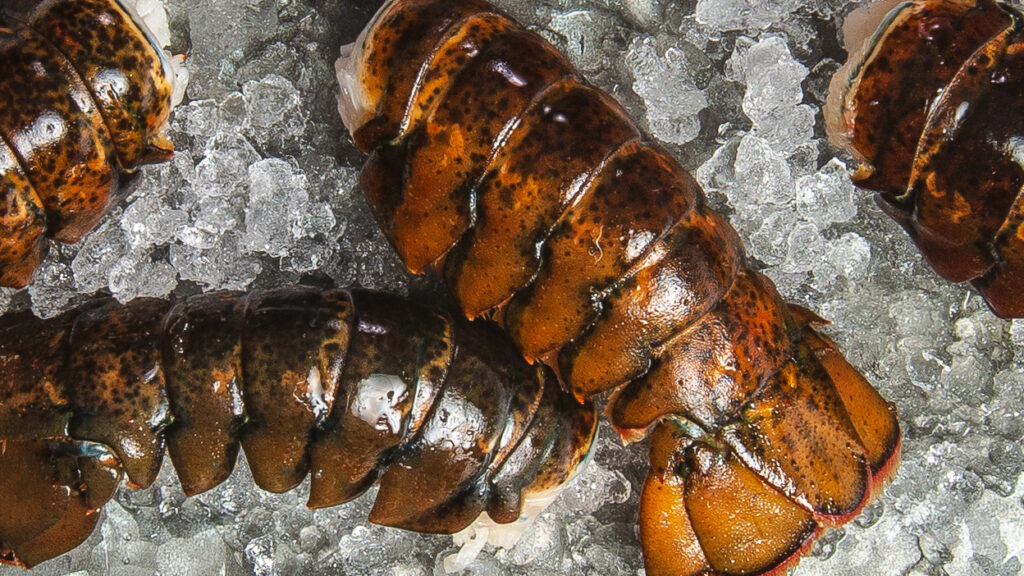
Why Make It Maine? Cooking with Raw Lobster
Enjoying a decadent lobster dish is an experience to savor, but also one that requires thoughtful preparation. Now that you’ve secured some lobster from your local purveyor, the next logical step is to get cooking! Wondering where to begin?
This comprehensive guide will teach you all you need to know about preparing different parts of the lobster – ranging from tail, knuckle & claw to tail meat to whole lobster and everything in between.
Did you know? Raw Lobster can be offered, packaged, and sold in various forms:
- Claw & Knuckle Meat
- Tail Meat
- Tail, Claw & Knuckle Meat
- Whole Tails
- Whole Lobster
Handling and Preparation
Handling and prepping Maine Lobster can be a daunting task, especially when your ingredients come in so many formats – whole live lobster, raw frozen lobster, fresh cooked lobster meat, the list goes on! Luckily, we’ve prepared a how-to guide for all you lobster-lovers out there.
Today, we’ll focus specifically on cooking with Frozen Raw Maine Lobster products.
Cooking with Raw Claw & Knuckle, Tail, Claw & Knuckle (TCK) or Tail Meat
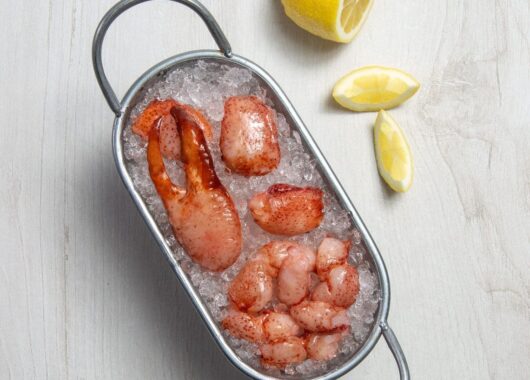
Shucked Maine Lobster claw and knuckle meat (CK), tail, claw and knuckle meat (TCK), and tail meat are great for recipes that call for additional time in the oven or on the stovetop. This is largely because starting with a raw product reduces the risk of overcooking.
To begin cooking, first ensure that the meat has been thoroughly thawed. This results in a better taste and texture in the final dish. To thaw, leave meat in its wrapping and place on a plate in the refrigerator overnight. If meat is needed more quickly, leave the meat in its packaging and place in a bowl of cool water. Let sit for 30-60 minutes, replacing water once. After this is complete, open packaging and drain excess water.
While raw CK, TCK and tail meat can be prepared in many different ways, the most common method is via butter poaching. To begin:
- Fill a pot with 2-3 inches of heavily salted water and add in 1-2 tablespoons of butter.
- Bring the water to a boil, then turn the heat to low.
- Place the raw CK meat in the water & butter mixture, making sure it is completely covered. Let cook for 4-6 minutes or until firm.
- Pull meat from water and use hot or let cool and serve.
Cooking with Raw Tails
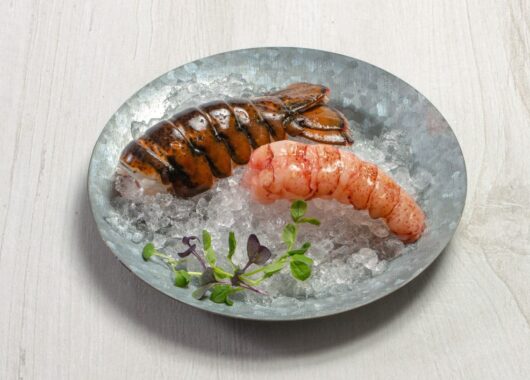
Before cooking with tail meat, we recommend thoroughly thawing lobster tails as it results in a better taste and texture. To thaw, leave the tails in the wrapping or put in new wrapping and place on a plate in the refrigerator overnight. Tail should be slightly flexible when fully thawed. Whole, shell-on tails should be thawed slowly to prevent meat sticking to the inside of the shell.
The most popular method of preparing raw lobster tails is via grilling. To begin:
- Light the grill and melt a few tablespoons of butter.
- Cut open the tops of the shell and skewer tails from top to bottom to prevent curling during cooking.
- Place on grill and brush with butter, making sure to get it on the meat inside of the shell.
- Cook until shell is bright red and meat is opaque, brushing with butter every minute to moisten meat.
- Pull off grill and cool for a few minutes before enjoying.
Cooking with Raw Whole Lobster
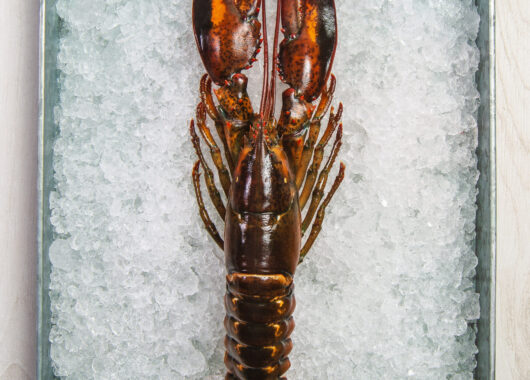
Raw whole Maine Lobster can be prepared in many ways, but the most common method is steaming. Before you begin, thoroughly thaw the whole lobster. To thaw, leave the lobster in its netting and place on a plate in the refrigerator overnight. If meat is needed more quickly, place lobster in a bowl of cool water. Let sit for 30-60 minutes, or until tail if flexible, replacing water as needed.
Once thawed, begin preparing your steamed lobsters.
- In a large pot, fill with 2 inches of heavily salted water.
- Put a steaming rack in the bottom and cover pot. Bring to a boil and place lobsters in, one at a time, and recover pot.
- Steam 7 minutes for the first pound, then 3 minutes for each additional pound.
- Remove from pot with tongs and set rest for 5 minutes before cracking.
By now, you’ll have mastered all the different ways of cooking with raw Maine Lobster and transformed them into delicious dishes. Bon appétit!
